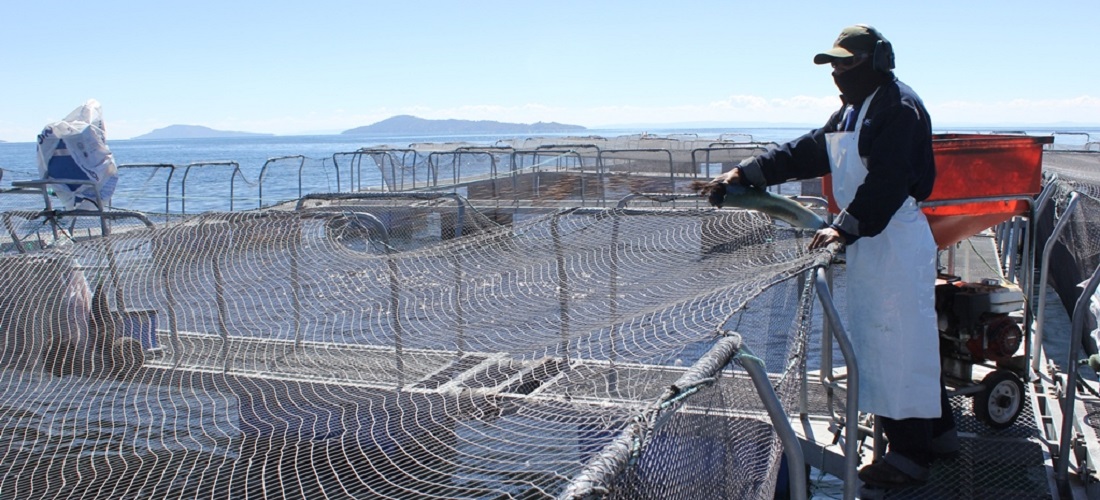
Peruvian Exports Surge 9.1% in First Two Months of 2024
Apr, 10, 2024 Posted by Gabriel MalheirosWeek 202416
In the first two months of the year, Peruvian exports reached US$ 10.339 billion, marking a 9.1% increase compared to the same period in 2023 (US$ 9.473 billion). This positive trend has been sustained for six consecutive months, as reported by the Association of Exporters (ADEX).
After a 4.7% decline in August last year, export shipments rebounded in the following months: 3% in September, 8.1% in October, 15% in November, 1.1% in December, 12.9% in January, and 5.4% in February.
However, Julio Pérez Alván, the president of the association, expressed concern about the sector’s downshift compared to previous years. “The complex situation affects the expectations of some key sectors for the national economy. It’s time for a transformation in the political class,” he stated.
He detailed that among the 14 exported sectors, half showed negative figures. In the primary sector, hydrocarbons, and in non-traditional sectors, textiles, garments, direct human consumption fishing, metallurgy, non-metallic mining, and wood.
According to the ‘Exports Report – February 2024’ from the Center for Research in Global Economics and Business of the Association of Exporters CIEN-ADEX, traditional exports (US$ 7.305 billion) increased by 14.6%, while value-added exports (US$ 3.034 billion) contracted by -2.1%.
Traditional Exports
Mining led these shipments with US$ 6.093 billion (a 21.4% increase), driven by higher copper volumes despite lower international prices (February 2024/2023: -7.1%) and increased raw gold volumes. This increase is also attributed to the normalization of major mining roadways, previously affected by strikes and blockades in the first two months of 2023.
It was followed by hydrocarbons with US$ 661 million (-25.1%), fishing with US$ 399 million (5%), and agriculture with US$ 152 million (63%). China topped the list of destinations with US$ 3.5 billion, followed by India (US$ 508 million), Canada (US$ 493 million), Japan (US$ 475 million), and Switzerland (US$ 369 million). Notable growth was seen in India (283%), Switzerland (115%), and the United Arab Emirates (64%).
Non-traditional Exports
In terms of value-added exports, the leading sector was agribusiness (US$ 1.639 billion), showing an 8% increase. However, analyzing January and February in detail reveals a 22% increase in the first month and a -7.9% reduction in the second.
The standout product in this category was blueberries, benefiting from better prices and higher volumes due to reduced global supply caused by adverse weather conditions.
It was followed by chemicals (US$ 329 million), metallurgy (US$ 257 million), and direct human consumption fishing (US$ 224 million), despite a -36% decline, the lowest rate in the first two months of the year.
Other sectors that showed negative results included garments, non-metallic mining, metallurgy, textiles, and wood. ‘Various’ items, including jewelry and goldsmithing, closed at US$ 72 million (+0.5%).
The most significant items were grapes (US$ 405 million), although they decreased by -28 % compared to the same period last year, blueberries (US$ 312 million), mangoes (US$ 156 million), avocados (US$ 86 million), and natural calcium phosphates (US$ 80 million). These exports were mainly destined for the United States, the Netherlands, Chile, Mexico, and Ecuador.
-
Automotive
May, 23, 2024
0
Ibama Strike Disrupts Imported Vehicle Registrations in Brazil
-
Ports and Terminals
Mar, 29, 2021
0
Pecém resumes fuel transshipment operations
-
Ports and Terminals
Oct, 31, 2022
0
Klabin sets up logistics project in Paranagua
-
Trade Regulations
Sep, 17, 2021
0
Backlog of native wood exports grows as they await approval from IBAMA

